-
 Bitcoin
Bitcoin $120400
1.77% -
 Ethereum
Ethereum $3615
7.90% -
 XRP
XRP $3.580
17.84% -
 Tether USDt
Tether USDt $1.001
0.06% -
 BNB
BNB $729.4
1.25% -
 Solana
Solana $179.9
5.04% -
 USDC
USDC $0.0000
0.01% -
 Dogecoin
Dogecoin $0.2311
8.22% -
 TRON
TRON $0.3226
4.04% -
 Cardano
Cardano $0.8490
12.85% -
 Hyperliquid
Hyperliquid $46.45
0.72% -
 Stellar
Stellar $0.4913
8.54% -
 Sui
Sui $4.027
2.00% -
 Chainlink
Chainlink $18.51
11.67% -
 Hedera
Hedera $0.2818
21.51% -
 Avalanche
Avalanche $24.03
7.40% -
 Bitcoin Cash
Bitcoin Cash $508.5
2.90% -
 Shiba Inu
Shiba Inu $0.00001496
3.24% -
 UNUS SED LEO
UNUS SED LEO $8.961
1.83% -
 Toncoin
Toncoin $3.264
3.13% -
 Litecoin
Litecoin $104.6
8.15% -
 Polkadot
Polkadot $4.389
6.11% -
 Uniswap
Uniswap $9.924
10.63% -
 Monero
Monero $337.9
0.49% -
 Pepe
Pepe $0.00001376
2.79% -
 Bitget Token
Bitget Token $4.830
2.46% -
 Ethena USDe
Ethena USDe $1.001
0.05% -
 Dai
Dai $1.000
0.02% -
 Aave
Aave $325.2
1.66% -
 Bittensor
Bittensor $423.7
-0.85%
What is a rug pull in NFT terms?
A rug pull in NFTs occurs when developers abandon a project and take investors' funds, leaving assets worthless.
Jul 11, 2025 at 07:28 am
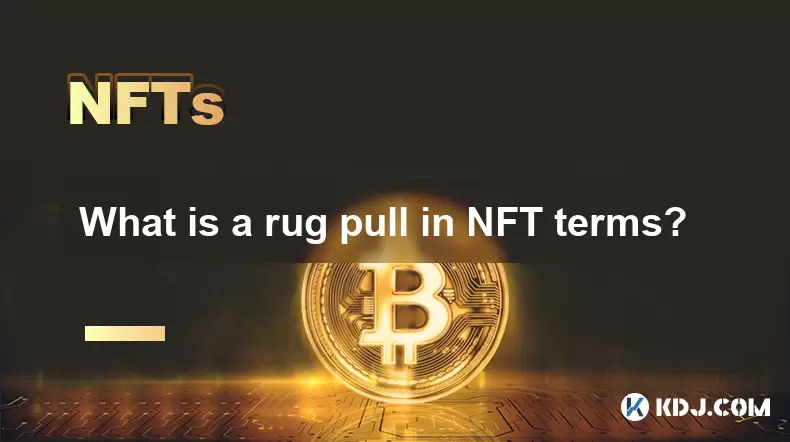
Understanding the Concept of a Rug Pull in NFTs
A rug pull in the context of NFTs (Non-Fungible Tokens) refers to a type of scam or exit scam where the creators or developers behind an NFT project suddenly abandon the project and take the funds raised from investors. This often happens after a rapid increase in interest and investment, where the team behind the project disappears without warning, leaving investors with worthless or illiquid assets.
In many cases, rug pulls are orchestrated by malicious actors who build hype around a new NFT collection or platform, encouraging users to invest large sums of money. Once sufficient liquidity has been accumulated, the scammers remove their support, drain the funds, and vanish completely.
Rug pulls are particularly common in decentralized environments where there is minimal oversight and regulation.
How Rug Pulls Work in the NFT Space
Rug pulls typically follow a predictable pattern. First, a group of developers announces an NFT project that promises high returns, unique utility, or exclusive access to a digital community. They may use social media influencers, paid promotions, or fake engagement to create buzz around the project.
Once the NFTs are minted and sold, the developers might initially engage with the community to maintain trust. However, after accumulating enough capital, they either:
- Remove liquidity from the associated decentralized finance (DeFi) pool.
- Transfer all collected funds to their personal wallets.
- Delete official communication channels and disappear entirely.
This sudden withdrawal leaves investors unable to sell or trade their NFTs, as there’s no market left to support them.
- Developers create a promising NFT project with marketing hype.
- Community members invest heavily due to perceived value and urgency.
- Scammers drain liquidity or funds and disappear.
- Investors are left holding NFTs with little to no value.
Common Signs of a Potential Rug Pull
Recognizing red flags early can help avoid falling victim to a rug pull. Some of the most common indicators include:
- Anonymous development teams: Projects with unnamed or unverifiable team members pose higher risks.
- Unrealistic promises: Promises of guaranteed returns, free giveaways, or instant wealth should raise suspicion.
- Sudden liquidity removal: If a project removes its liquidity from a decentralized exchange without explanation, it could signal a rug pull.
- Lack of roadmap transparency: A vague or non-existent development plan is a major red flag.
- Overuse of influencer endorsements: Projects that rely heavily on celebrity or influencer promotion without substance may be scams.
Always perform due diligence before investing in any NFT project.
Real Examples of Rug Pull Incidents in the NFT World
Several notable rug pull incidents have occurred in the NFT space, causing significant financial losses to unsuspecting investors.
One infamous case involved a project called “Frosties NFT,” which was launched with great fanfare and promised holders access to an upcoming game and other benefits. After raising over $1 million, the creators disappeared, and the project's Discord server and website were taken offline within hours.
Another example is the "Evolved Apes" project on the Avalanche blockchain. The creator vanished after collecting nearly $2.7 million worth of cryptocurrency, leaving the community with no updates or communication.
These examples illustrate how quickly a rug pull can unfold and how devastating it can be for investors.
- Frosties NFT: Over $1M raised before creators vanished.
- Evolved Apes: $2.7M drained overnight by anonymous developer.
- Numerous smaller projects have also executed similar exits.
How to Protect Yourself from NFT Rug Pulls
To safeguard your investments, consider implementing these protective strategies when engaging with NFTs:
- Research thoroughly: Investigate the team behind the project, their past work, and online presence.
- Check smart contract audits: Legitimate projects often undergo third-party audits to ensure code integrity.
- Verify liquidity locks: Ensure that liquidity pools are locked via contracts and cannot be withdrawn immediately.
- Avoid FOMO-driven decisions: Don’t rush into purchases just because others are doing so.
- Use trusted platforms: Stick to well-known NFT marketplaces like OpenSea, LooksRare, or Blur instead of obscure platforms.
Never invest more than you’re willing to lose, especially in new or unverified NFT projects.
Frequently Asked Questions (FAQ)
Q: Can rug pulls happen on established NFT marketplaces like OpenSea?
Yes, while reputable marketplaces provide better visibility and tools to verify authenticity, they do not guarantee protection against rug pulls. It's still up to the investor to conduct due diligence.
Q: Are rug pulls illegal?
While many jurisdictions are still developing legal frameworks around cryptocurrencies and NFTs, rug pulls are considered fraudulent activities and fall under illegal practices in most regions.
Q: How can I check if a project’s liquidity is locked?
You can use blockchain explorers or DeFi analytics platforms like Dune Analytics or tools specific to the blockchain the project uses (e.g., BSCScan for Binance Smart Chain) to verify if liquidity pools are locked through time-bound contracts.
Q: What should I do if I’ve been rug pulled?
Report the incident to relevant authorities or forums, such as local cybercrime units or crypto watchdog groups. Unfortunately, recovering funds is rare, but documentation helps prevent future scams.
Disclaimer:info@kdj.com
The information provided is not trading advice. kdj.com does not assume any responsibility for any investments made based on the information provided in this article. Cryptocurrencies are highly volatile and it is highly recommended that you invest with caution after thorough research!
If you believe that the content used on this website infringes your copyright, please contact us immediately (info@kdj.com) and we will delete it promptly.
- Giants Protocol's G Token Live Launch: What You Need to Know
- 2025-07-18 21:30:13
- Solana, Rollblock, and the Gaming Token Revolution: What's Hot Now?
- 2025-07-18 22:10:13
- Crypto 2025: Will the Bull Run Be Led by Ethereum?
- 2025-07-18 22:10:13
- XRP, Dogecoin, and Crypto Bills: What's Shaking in the Crypto World?
- 2025-07-18 20:50:13
- Trump, Family Business, and Power: A New Era of Conflicts?
- 2025-07-18 20:30:12
- Trump, Business, & Bitcoin: A Crypto Capitalist's Vision
- 2025-07-18 20:40:12
Related knowledge
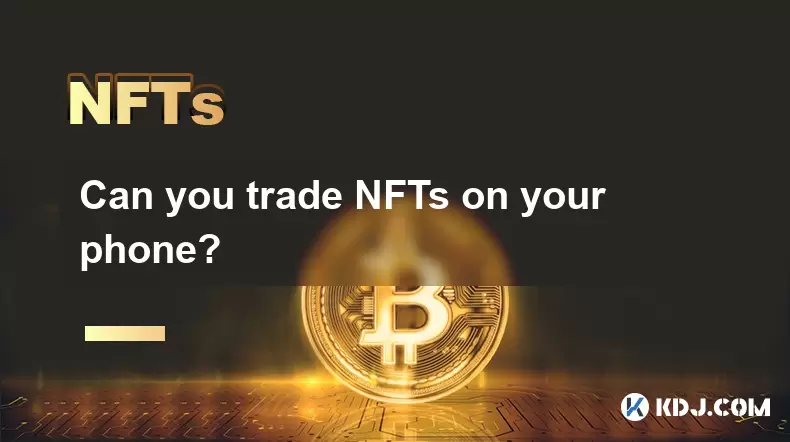
Can you trade NFTs on your phone?
Jul 18,2025 at 04:29am
Trading NFTs on Mobile DevicesYes, you can trade NFTs on your phone, and the process has become increasingly streamlined thanks to a variety of mobile...
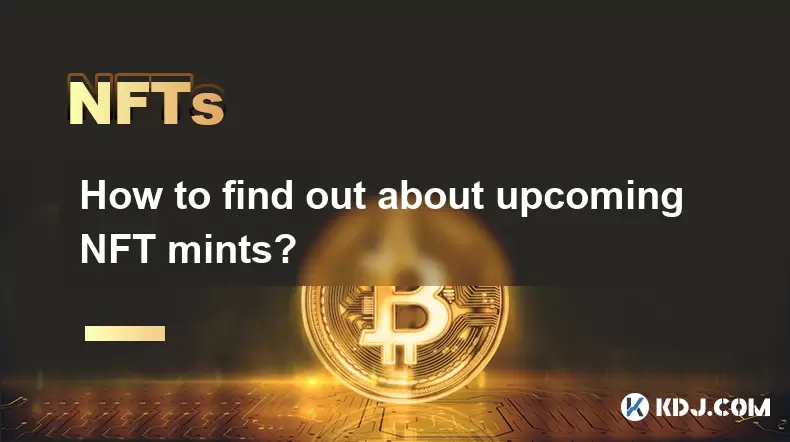
How to find out about upcoming NFT mints?
Jul 18,2025 at 11:50am
Exploring NFT Minting OpportunitiesUnderstanding the landscape of upcoming NFT mints is crucial for collectors, investors, and creators who wish to st...
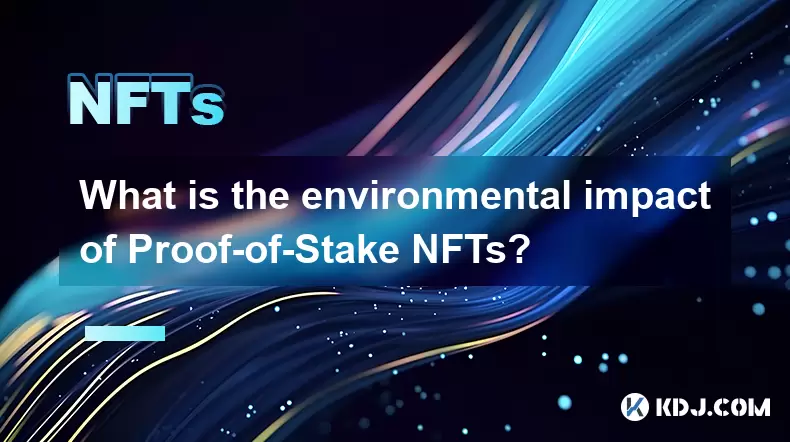
What is the environmental impact of Proof-of-Stake NFTs?
Jul 17,2025 at 07:14pm
Understanding the Basics of Proof-of-Stake NFTsProof-of-Stake (PoS) is a consensus mechanism used by blockchain networks to validate transactions and ...
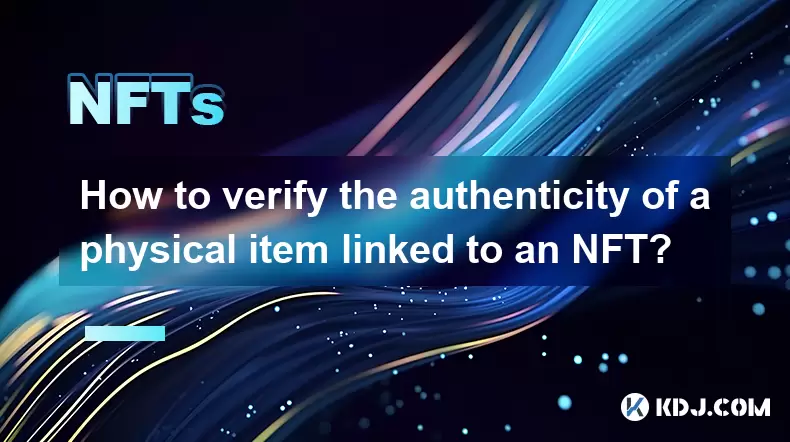
How to verify the authenticity of a physical item linked to an NFT?
Jul 18,2025 at 03:07pm
Understanding the Link Between NFTs and Physical ItemsWhen an NFT is linked to a physical item, it essentially acts as a digital certificate of owners...
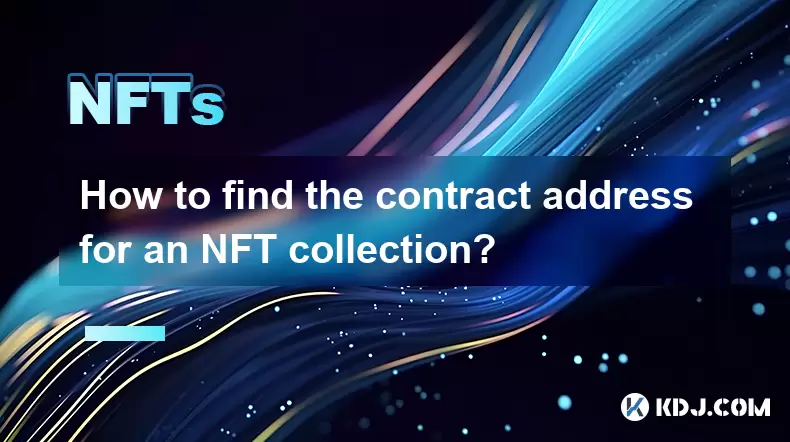
How to find the contract address for an NFT collection?
Jul 18,2025 at 11:56am
Understanding What a Contract Address IsIn the world of non-fungible tokens (NFTs), a contract address is a unique identifier assigned to a smart cont...
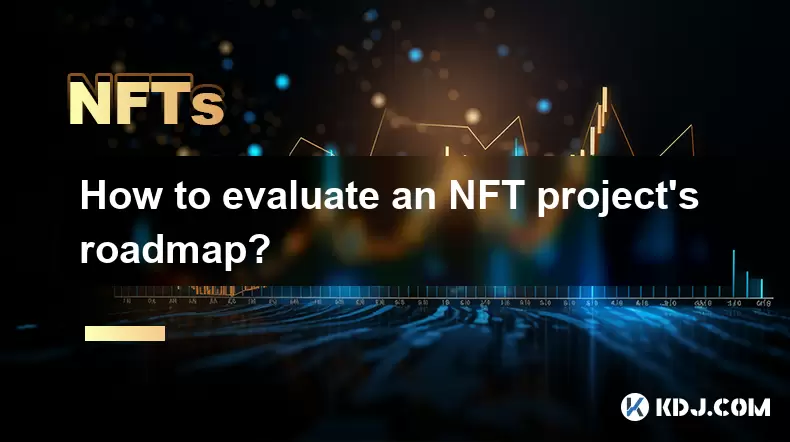
How to evaluate an NFT project's roadmap?
Jul 18,2025 at 01:21am
Understanding the Basics of an NFT Project RoadmapAn NFT project's roadmap is a strategic document that outlines the short-term and long-term goals of...

Can you trade NFTs on your phone?
Jul 18,2025 at 04:29am
Trading NFTs on Mobile DevicesYes, you can trade NFTs on your phone, and the process has become increasingly streamlined thanks to a variety of mobile...

How to find out about upcoming NFT mints?
Jul 18,2025 at 11:50am
Exploring NFT Minting OpportunitiesUnderstanding the landscape of upcoming NFT mints is crucial for collectors, investors, and creators who wish to st...

What is the environmental impact of Proof-of-Stake NFTs?
Jul 17,2025 at 07:14pm
Understanding the Basics of Proof-of-Stake NFTsProof-of-Stake (PoS) is a consensus mechanism used by blockchain networks to validate transactions and ...

How to verify the authenticity of a physical item linked to an NFT?
Jul 18,2025 at 03:07pm
Understanding the Link Between NFTs and Physical ItemsWhen an NFT is linked to a physical item, it essentially acts as a digital certificate of owners...

How to find the contract address for an NFT collection?
Jul 18,2025 at 11:56am
Understanding What a Contract Address IsIn the world of non-fungible tokens (NFTs), a contract address is a unique identifier assigned to a smart cont...

How to evaluate an NFT project's roadmap?
Jul 18,2025 at 01:21am
Understanding the Basics of an NFT Project RoadmapAn NFT project's roadmap is a strategic document that outlines the short-term and long-term goals of...
See all articles

























































































